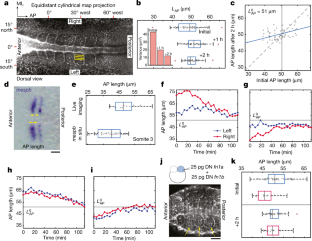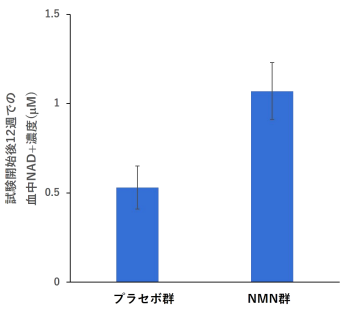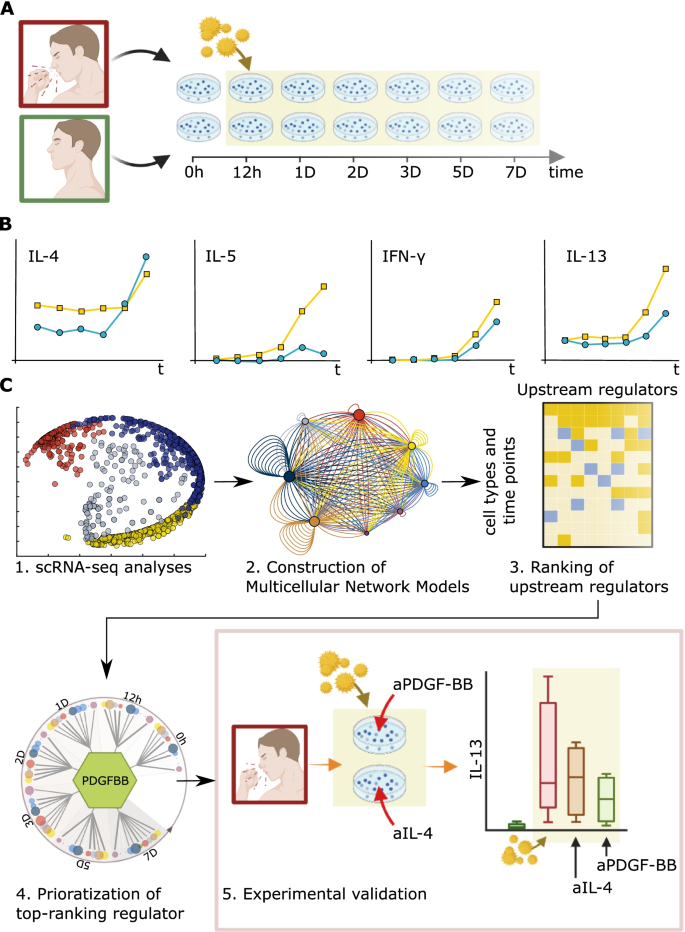2022-05-06 スイス連邦工科大学ローザンヌ校(EPFL)
・脊椎動物では、腕、脚、ヒレ、翼が胴体の左右に整然と並んでいます。このような左右対称性は、それぞれの種に特徴的な整然とした構造で、胚の形成過程で起こる一連の複雑なプロセスの結果です。
・EPFLの研究者たちは、『Nature』誌に発表した論文で、表面張力というまったく機械的な力が、体節(四肢の芽を発生させる胚の構成要素)の最終位置と長さ方向の対称性にどのように影響しているかを明らかにしました。
・この発見は、生命の初期段階に関する新たな洞察をもたらし、すべての胚組織に存在する表面張力が、脊椎動物の発生における重要なプロセスを駆動していることを初めて明らかにしたものです。
<関連情報>
- https://actu.epfl.ch/news/the-role-of-surface-tension-in-biological-symmetry/
- https://www.nature.com/articles/s41586-022-04646-9#citeas
ゼブラフィッシュ胚の左右対称性は体節の表面張力を必要とする Left–right symmetry of zebrafish embryos requires somite surface tension
Sundar R. Naganathan,Marko Popović & Andrew C. Oates
Nature Published: 27 April 2022
DOI:https://doi.org/10.1038/s41586-022-04646-9

Abstract
The body axis of vertebrate embryos is periodically segmented into bilaterally symmetric pairs of somites1,2. The anteroposterior length of somites, their position and left–right symmetry are thought to be molecularly determined before somite morphogenesis3,4. Here we show that, in zebrafish embryos, initial somite anteroposterior lengths and positions are imprecise and, consequently, many somite pairs form left–right asymmetrically. Notably, these imprecisions are not left unchecked and we find that anteroposterior lengths adjust within an hour after somite formation, thereby increasing morphological symmetry. We find that anteroposterior length adjustments result entirely from changes in somite shape without change in somite volume, with changes in anteroposterior length being compensated by corresponding changes in mediolateral length. The anteroposterior adjustment mechanism is facilitated by somite surface tension, which we show by comparing in vivo experiments and in vitro single-somite explant cultures using a mechanical model. Length adjustment is inhibited by perturbation of molecules involved in surface tension, such as integrin and fibronectin. By contrast, the adjustment mechanism is unaffected by perturbations to the segmentation clock, therefore revealing a distinct process that influences morphological segment lengths. We propose that tissue surface tension provides a general mechanism to adjust shapes and ensure precision and symmetry of tissues in developing embryos.


